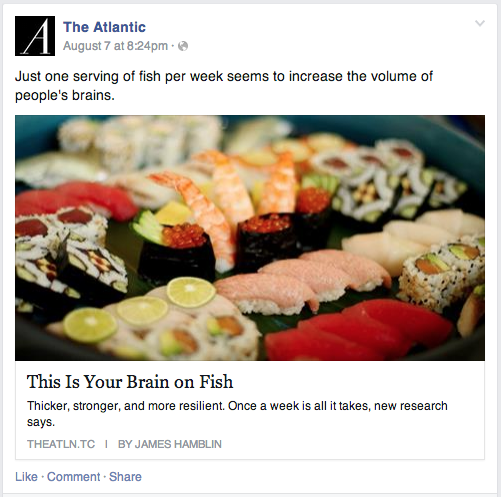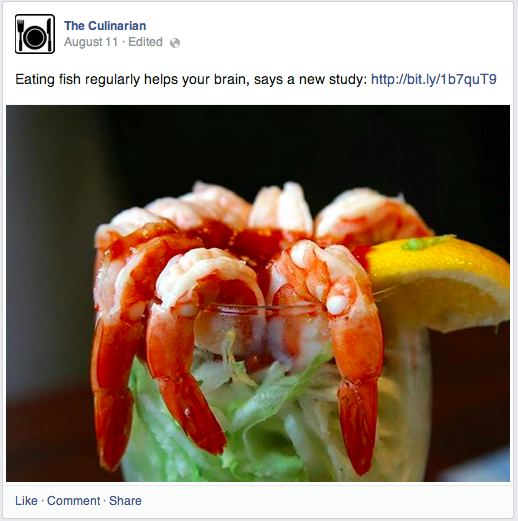By Khalid El-Arini, Research Scientist and Joyce Tang, Product Specialist
Today we’re announcing some improvements to News Feed to help people find the posts and links from publishers that are most interesting and relevant, and to continue to weed out stories that people frequently tell us are spammy and that they don’t want to see. We’re making two updates, the first to reduce click-baiting headlines, and the second to help people see links shared on Facebook in the best format.
Click-Baiting Headlines
“Click-baiting” is when a publisher posts a link with a headline that encourages people to click to see more, without telling them much information about what they will see. Posts like these tend to get a lot of clicks, which means that these posts get shown to more people, and get shown higher up in News Feed.

However, when we asked people in an initial survey what type of content they preferred to see in their News Feeds, 80% of the time people preferred headlines that helped them decide if they wanted to read the full article before they had to click through.
Over time, stories with “click-bait” headlines can drown out content from friends and Pages that people really care about.
So how do we determine what looks like click-bait?
One way is to look at how long people spend reading an article away from Facebook. If people click on an article and spend time reading it, it suggests they clicked through to something valuable. If they click through to a link and then come straight back to Facebook, it suggests that they didn’t find something that they wanted. With this update we will start taking into account whether people tend to spend time away from Facebook after clicking a link, or whether they tend to come straight back to News Feed when we rank stories with links in them.
Another factor we will use to try and show fewer of these types of stories is to look at the ratio of people clicking on the content compared to people discussing and sharing it with their friends. If a lot of people click on the link, but relatively few people click Like, or comment on the story when they return to Facebook, this also suggests that people didn’t click through to something that was valuable to them.
Sharing links in posts
Our second update relates to sharing links in posts. When people share a link on Facebook it often appears in News Feed with a large picture, a headline and some text that gives context on the link:

Sometimes publishers share links in status updates or in the text caption above photos:

We’ve found that people often prefer to click on links that are displayed in the link format (which appears when you paste a link while drafting a post), rather than links that are buried in photo captions. The link format shows some additional information associated with the link, such as the beginning of the article, which makes it easier for someone to decide if they want to click through. This format also makes it easier for someone to click through on mobile devices, which have a smaller screen.
With this update, we will prioritize showing links in the link-format, and show fewer links shared in captions or status updates.
The best way to share a link after these updates will be to use the link format. In our studies, these posts have received twice as many clicks compared to links embedded in photo captions. In general, we recommend that you use the story type that best fits the message that you want to tell – whether that’s a status, photo, link or video.
Will this affect my Page?
A small set of publishers who are frequently posting links with click-bait headlines that many people don’t spend time reading after they click through may see their distribution decrease in the next few months. We’re making these changes to ensure that click-bait content does not drown out the things that people really want to see on Facebook.